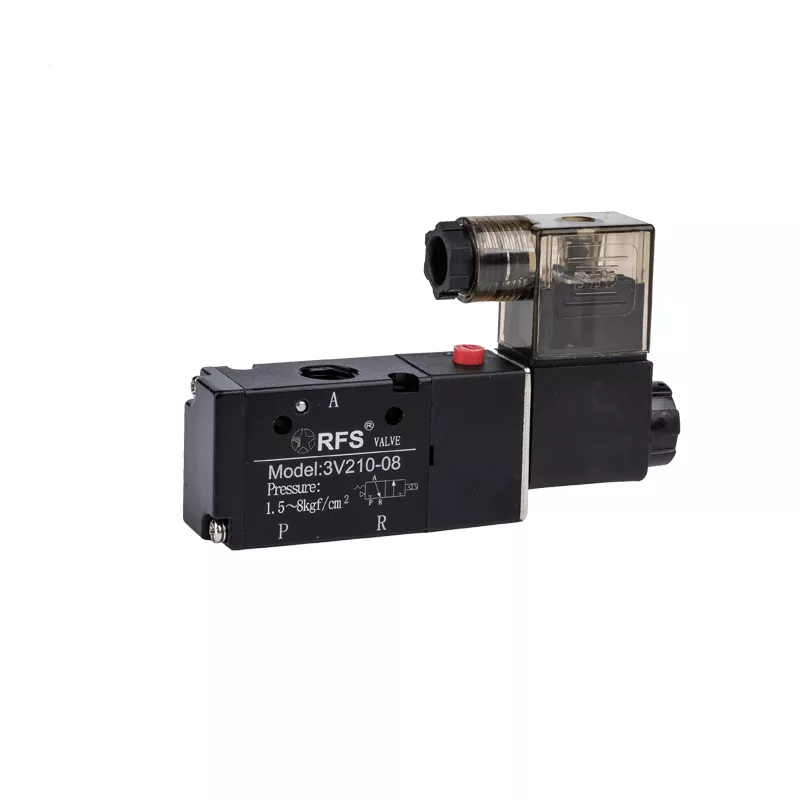Factors to Consider When Choosing Directional Control Valve
Choosing the right directional control valve is crucial for efficient operation in hydraulic systems. With a multitude of options available, it's easy to feel perplexed. However, fret not! This guide will walk you through the essential factors to consider, ensuring you make an informed decision that aligns with your requirements.
Factors to Consider when Choosing Directional Control Valve
Understanding Your Application Needs
Selecting the appropriate directional control valve begins with a thorough understanding of your application requirements. Whether it's flow rate, pressure ratings, or environmental conditions, identifying your specific needs is paramount.
In any hydraulic system, factors such as flow rate, pressure, temperature, and fluid compatibility play pivotal roles. Ensure your chosen valve can withstand these conditions without compromising performance.
Type of directional control valves
There are various types of directional control valves, including spool valves, poppet valves, and rotary valves. Each type offers unique advantages and is suitable for specific applications. Understanding the differences and selecting the most suitable type is crucial for optimal performance.

Valve Size and Configuration
The size and configuration of the valve should align with your system's specifications. Consider factors such as port size, mounting options, and space constraints to ensure seamless integration into your hydraulic system.
Flow Capacity
Flow capacity refers to the maximum flow rate that the valve can handle. It's essential to choose a valve with adequate flow capacity to meet the demands of your application without causing pressure drops or flow restrictions.
Pressure Rating
The pressure rating of the valve should match or exceed the maximum operating pressure of your hydraulic system. Selecting a valve with a lower pressure rating can lead to leakage or valve failure, compromising system performance and safety.
Control Mechanism
Directional control valves can be operated manually, mechanically, pneumatically, or electrically. Consider the most suitable control mechanism based on factors such as operator preference, automation requirements, and system complexity.
Valve Actuation
Valve actuation refers to the method by which the valve is opened or closed. Common actuation methods include solenoid-operated, lever-operated, and pilot-operated valves. Choose an actuation method that aligns with your system's control strategy and operational needs.
Reliability and Durability
Reliability and durability are paramount when selecting a directional control valve. Choose a valve from a reputable manufacturer known for producing high-quality, long-lasting products. Additionally, consider factors such as maintenance requirements and service life to ensure reliable operation over time.
Environmental Considerations
Take into account the environmental conditions in which the valve will operate. Factors such as temperature extremes, humidity, and exposure to chemicals or abrasive materials can impact valve performance and longevity. Choose a valve with suitable materials and sealing options to withstand these conditions.
Cost and Budget
While cost is an important factor, it should not be the sole determining factor when choosing a directional control valve. Consider the overall value proposition, including factors such as performance, reliability, and support services, to make an informed decision that aligns with your budget and long-term goals.
Compatibility with Existing Equipment
Ensure compatibility with existing equipment and components in your hydraulic system. Choosing a valve that integrates seamlessly with other system elements can simplify installation and maintenance, reducing downtime and costs associated with retrofitting or modifications.
Technical Support and After-Sales Service
Select a supplier or manufacturer that offers comprehensive technical support and after-sales service. Having access to expert advice, troubleshooting assistance, and spare parts can be invaluable in maintaining optimal performance and addressing any issues that may arise.
Testing and Validation
Before finalizing your decision, consider testing and validation procedures to ensure the selected valve meets your performance requirements. Conducting thorough testing under simulated operating conditions can provide confidence in the valve's reliability and functionality.
Conclusion
Selecting the right directional control valve is essential for the efficient operation of hydraulic systems. By considering factors such as application needs, valve type, size, and configuration, as well as reliability, durability, and environmental compatibility, you can make an informed decision that meets your requirements. Remember to prioritize quality and performance over cost and consult with experts for guidance if needed.


